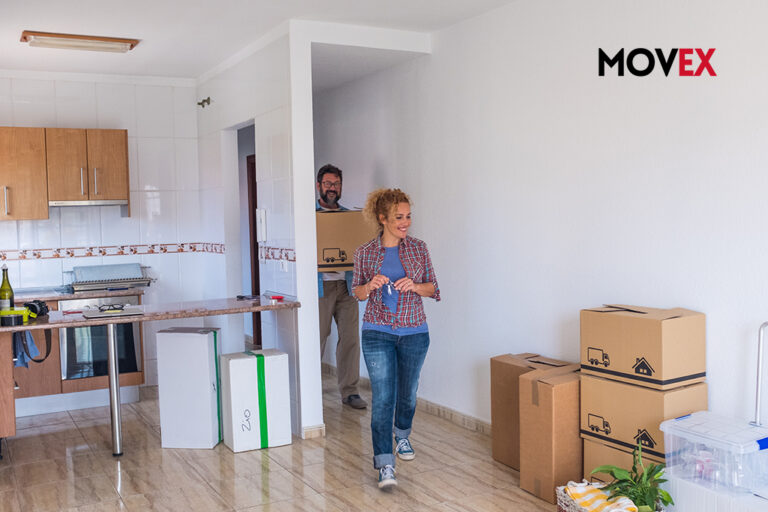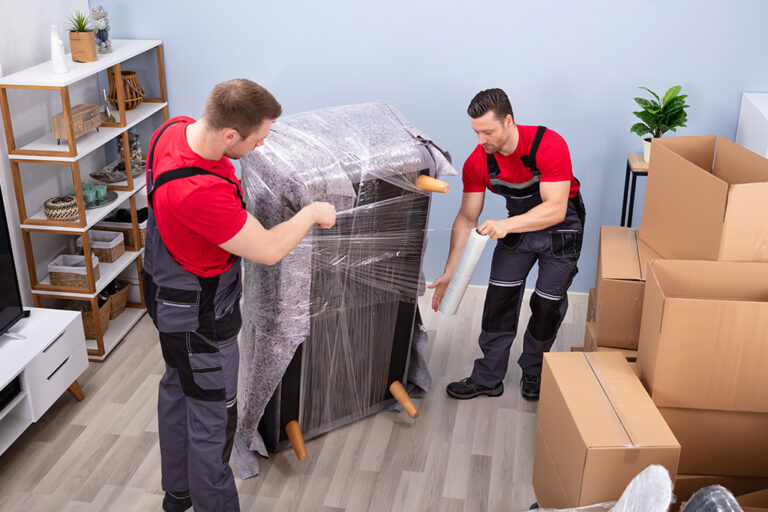Moving house With Pets can be a daunting task, and when pets are involved, the complexity increases. Whether you’re relocating to a new city or just moving across town, it’s crucial to plan carefully to ensure a smooth transition for your furry, feathered, or scaly companions. In this comprehensive guide, we’ll cover essential tips for moving house with pets, from early preparation to settling them into their new home.
1. Moving House with Pets: Planning Ahead
Importance of Early Preparation
When it comes to moving house with pets, early preparation is key. Pets thrive on routine, and a major change like moving can be stressful for them. Starting the process early allows you to manage the transition more effectively and minimize stress for both you and your pet. Begin by creating a moving plan that includes specific steps for your pet’s needs.
Create a Moving Checklist for Your Pet
A moving checklist is essential for ensuring you don’t overlook any crucial aspects of your pet’s relocation. Your checklist should include:
- Essential Items: Pack your pet’s food, water, medications, toys, and bedding. These familiar items will help comfort your pet during the move and make them feel more at home in their new environment.
- Pre-Move Tasks: Schedule a visit to the vet to ensure vaccinations are up-to-date and to discuss any concerns related to the move. Update your pet’s microchip information to reflect your new address.
- Moving Day Preparations: Plan for your pet’s transportation, including securing a safe and comfortable carrier. Ensure that you have a designated space set up for your pet in the new home.
2. Packing Your Pet’s Essentials
Identify Key Items
Packing your pet’s essentials carefully will ensure they have everything they need during the move. Key items to include are:
- Food and Water: Pack enough food and water for the journey and the first few days in your new home.
- Medications: Include any medications your pet takes regularly.
- Toys and Bedding: Bring their favorite toys and bedding to provide comfort and familiarity.
Organize and Label
To make things easier on moving day, organize your pet’s supplies in a clearly labeled box. This box should be easily accessible so you can quickly set up your pet’s space in the new home. Use labels like “Pet Food,” “Pet Medications,” and “Pet Toys” to avoid confusion.
3. Preparing Your Pet for the Move
Get Your Pet Used to the Moving Process
Gradual exposure to the moving process can help your pet adjust more comfortably. Start by introducing your pet to moving boxes and new routines well before the move. Allow them to explore the boxes and familiarize themselves with the changes. This gradual introduction can help reduce anxiety and make the transition smoother.
Visit the Vet
A visit to the vet before the move is crucial for ensuring your pet’s health. During the visit, confirm that all vaccinations are up-to-date and discuss any concerns related to the move. If your pet has any special health needs, make sure you have a plan in place to address them during the transition.
Update Microchip Information
One of the most important steps in preparing for the move is updating your pet’s microchip information. Make sure to update the contact details to reflect your new address. This will ensure that if your pet gets lost during or after the move, they can be returned to you quickly.
4. Moving Day Tips for Pets
Safe and Comfortable Transportation
On moving day, prioritize your pet’s safety and comfort. Use a secure pet carrier or crate for transportation. Ensure the carrier is well-ventilated and familiar to your pet. Place familiar items like bedding or a favorite toy inside the carrier to help comfort your pet during the journey.
Create a Pet-Friendly Space
Upon arrival at your new home, set up a designated area for your pet that includes their bedding, toys, food, and water bowls. This space will serve as a safe haven where your pet can feel comfortable and secure. Avoid overwhelming them with too many new experiences at once; instead, allow them to explore their new environment at their own pace.
5. Settling Your Pet into the New Home
Establish a Routine
Reestablishing your pet’s daily routine as soon as possible is crucial for helping them adjust to their new home. Stick to familiar feeding times, walks, and playtimes to provide a sense of normalcy. Consistency will help your pet feel more secure and settled in their new environment.
Introduce Your Pet to the New Environment
Allow your pet to explore their new home gradually. Start by introducing them to one room at a time, and gradually let them explore other areas. This gradual introduction can help prevent overwhelm and make the new space feel more like home.
Monitor Your Pet’s Behavior
Keep a close eye on your pet’s behavior during the adjustment period. Look for signs of stress or anxiety, such as changes in eating habits, excessive barking or meowing, or unusual hiding. If you notice any concerning behaviors, consult your vet for advice and support.
6. Additional Resources
Pet Relocation Services
For those who find the process of moving house with pets particularly challenging, professional pet relocation services can be a valuable resource. These services specialize in ensuring pets are transported safely and comfortably, and they can handle many of the logistical aspects of the move. Consider this option if you need extra assistance or if your move involves long distances.
Useful Products
Several products can make moving with pets easier. Some recommended items include:
- Travel Carriers: Choose carriers that are comfortable and secure for your pet.
- Portable Water Bowls: Essential for keeping your pet hydrated during the move.
- Calming Aids: Products such as pheromone diffusers or calming treats can help reduce your pet’s anxiety.
By following these tips and planning ahead, you can help ensure a smooth and stress free move for your pets. Remember that patience and preparation are key to making the transition as easy as possible for your furry friends.






